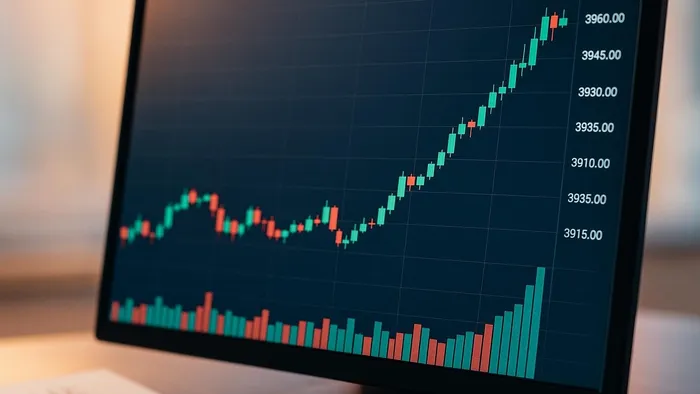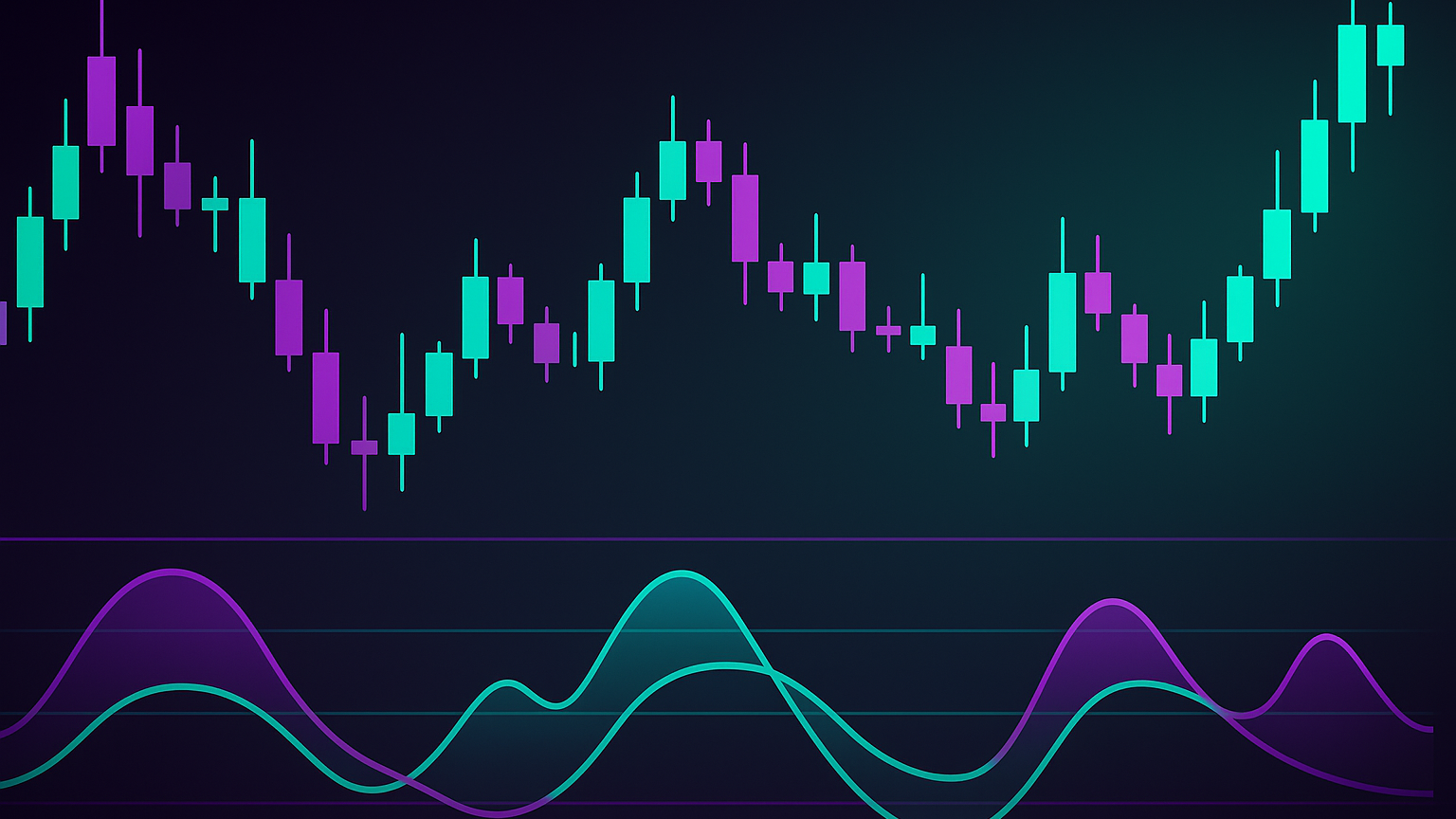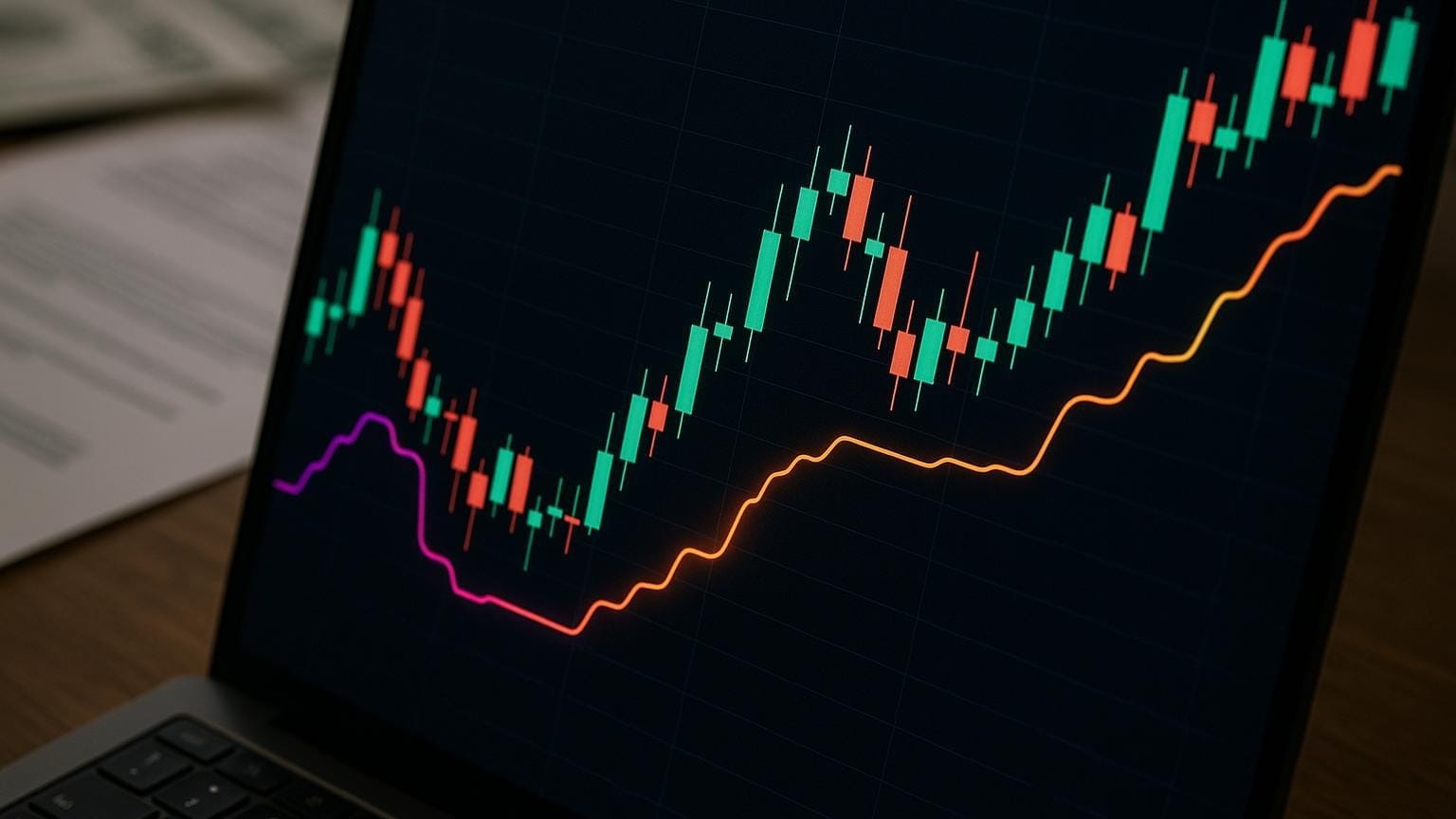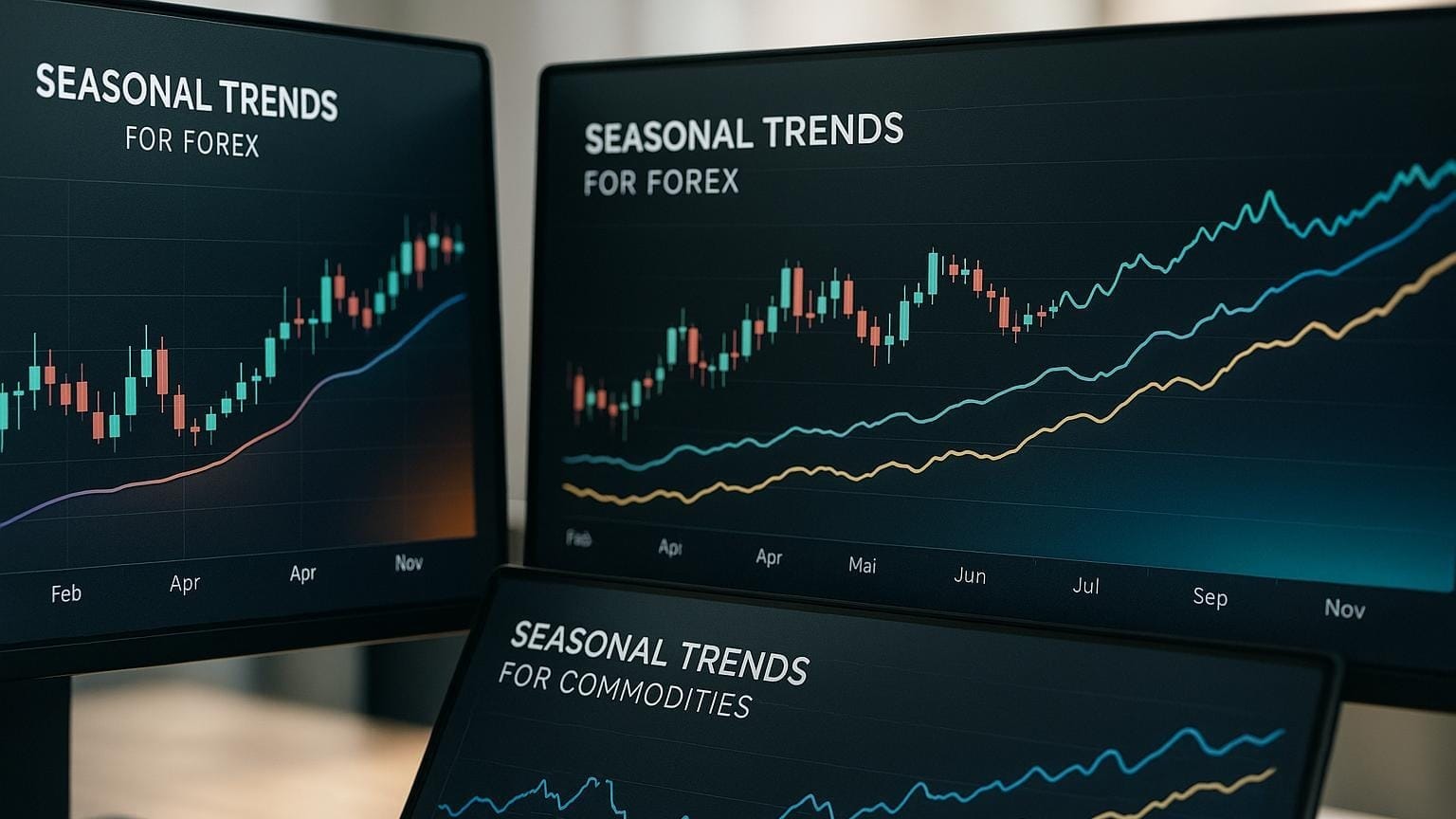Explore volume analysis techniques to confirm trading setups, identify trend strength, and detect potential market reversals effectively.
Volume analysis helps traders confirm price trends, spot reversals, and validate breakouts by studying trading activity. Here's what you need to know:
- Volume confirms trends: Rising volume during price increases signals strong buying, while rising volume during price drops indicates strong selling.
- Breakouts need volume: A breakout is more reliable when accompanied by a volume spike (e.g., >150% of the 20-day average).
- Reversals show early signs: Divergences between price and volume, or volume spikes after trends, can warn of potential reversals.
- Volume patterns matter: High-volume nodes act as support/resistance, while volume gaps suggest rapid price movement.
A Guide to Volume-Price Analysis (VPA) | Beginner-Friendly
Volume Analysis Methods
Understanding volume fundamentals is just the beginning. Detecting sudden shifts in market activity, such as volume spikes, can provide valuable insights into potential market movements.
Volume Spike Detection
A volume spike occurs when trading volume significantly deviates from the average, often signaling potential trend changes, breakouts, or reversals.
| Volume Level | Characteristics |
|---|---|
| 1.5-2× Average | Suggests moderate market strength |
| 2-3× Average | Indicates strong market confidence |
| 3×+ Average | Reflects very strong conviction |
Interpreting these spikes alongside price movements helps identify whether buying or selling pressure is driving the market. This sets the stage for analyzing sustained trends to gain a deeper understanding of market behavior.
Volume Trend Reading
Volume trend analysis focuses on how volume patterns evolve over time, helping to confirm whether price movements are supported by genuine market participation. Here are some key points to consider:
- Look for volume confirmation during breakouts to validate their strength.
- Compare relative volume (RVOL) to historical averages to gauge activity levels.
- Pay attention to volume accumulation at critical price levels, as this can indicate strong interest.
| Market Condition | Volume Pattern | Trading Implication |
|---|---|---|
| Uptrend | Increasing volume on price rises | Indicates strong buying support |
| Downtrend | Rising volume on price drops | Suggests strong selling pressure |
| Divergence | Price and volume moving in opposite directions | May signal a potential trend reversal |
Tracking these trends helps traders align volume data with price action for better decision-making.
Price and Volume Links
Certain volume patterns highlight areas of liquidity and market balance, offering additional context for trading decisions:
| Volume Level Type | Characteristics | Importance |
|---|---|---|
| High Volume Node | High concentration of trading activity | Serves as strong support or resistance |
| Volume Shelf | Wide range of price activity | Indicates market equilibrium |
| Volume Gap | Low trading activity | Points to areas of rapid price movement |
When price and volume align, trends are often reinforced. However, discrepancies, such as falling volume during price increases or rising volume during price decreases, can signal weakening trends or possible reversals. Combining these insights allows traders to validate their strategies, fine-tune entry and exit points, and manage risk with greater precision.
Using Volume in Trading
Breakout Confirmation
Volume plays a key role in confirming breakouts, helping traders gauge the strength of price movements when key levels are breached.
| Breakout Type | Volume Requirement | Confirmation Level |
|---|---|---|
| Initial Breakout | More than 150% of 20-day average | Strong confirmation |
| Follow-through | More than 100% of 20-day average | Indicates trend continuation |
| Failed Breakout | Less than 50% of average volume | Suggests potential reversal |
For instance, Apple Inc. (AAPL) saw a 12% rally on a weekly chart between May 20 and June 10, 2024. This move was accompanied by steadily increasing volume, reinforcing the breakout's strength and reliability.
Reversal Signals
Volume patterns often act as early indicators of market reversals, providing critical signals for traders.
| Volume Pattern | Market Signal | Trading Implication |
|---|---|---|
| Volume spike after uptrend | Possible exhaustion | Consider exiting or preparing for a reversal |
| Rising volume during decline | Strong selling pressure | Confirms a continued downward trend |
A clear example is Tesla (TSLA), which dropped about 10% from October 7 to October 11, 2024. This decline occurred on rising volume, signaling strong selling pressure and confirming the market reversal.
Volume with Price Action
When price and volume diverge, it can often signal a potential reversal in the market.
"If price is the voice of the stock, volume is how loudly it speaks. It lets you know weakness, strength, breadth, and more." – John McDowell
Pay attention to how volume aligns with significant price movements. For example, a breakout accompanied by volume exceeding 150% of the average indicates strong participation and increases the likelihood of a successful trend.
These strategies provide a solid foundation for using volume effectively in trading decisions.
Creating Volume Trading Rules
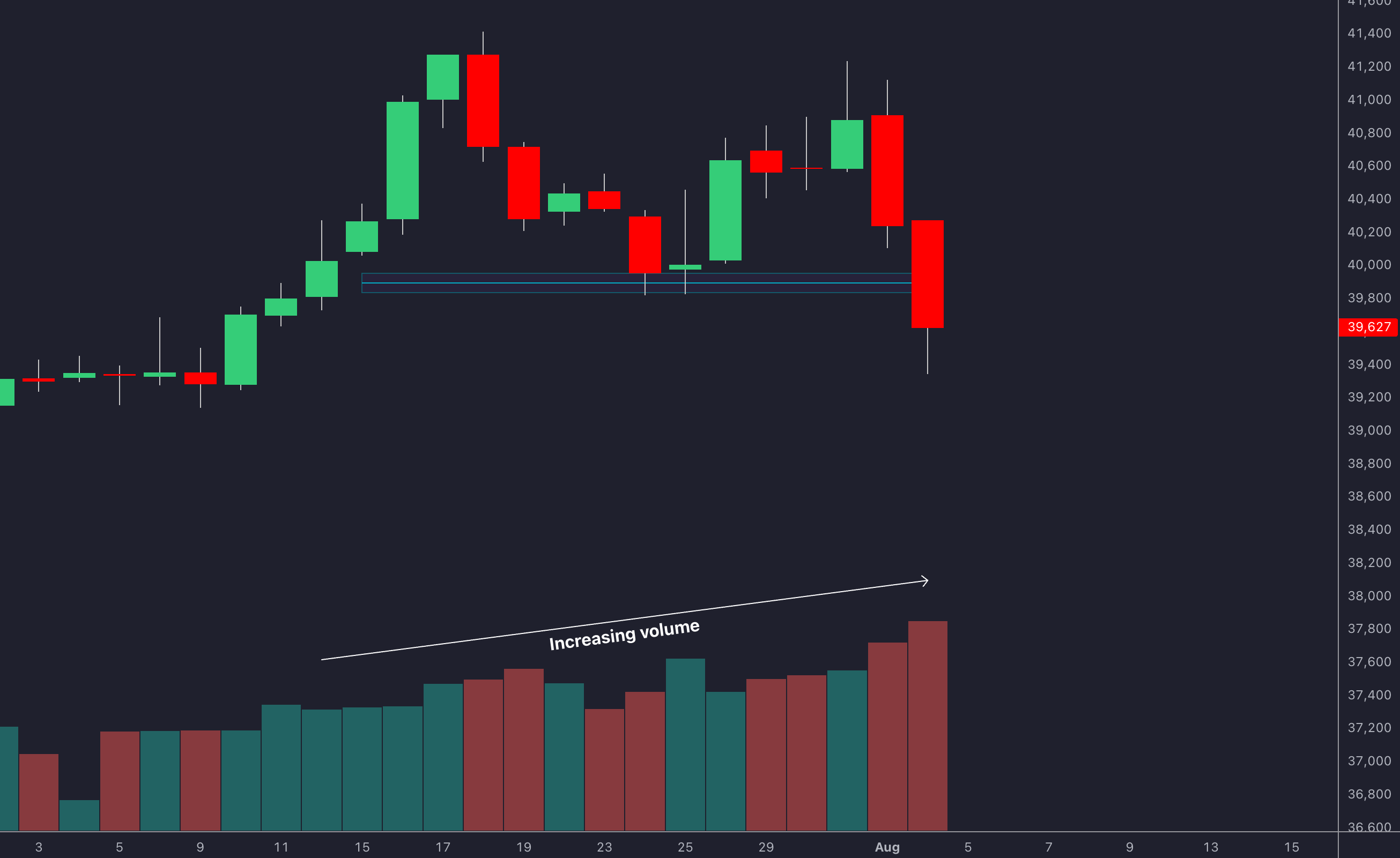
Strategy Setup Steps
To build effective volume-based trading rules, align price movements with volume activity. Here's a quick breakdown of how to structure your strategy:
| Trading Component | Volume Confirmation |
|---|---|
| Support/Resistance | High volume validates breakout signals |
| Trend Direction | Rising volume during price increases |
| Risk Management | Volume helps define risk zones |
Focus on setups where price action and volume align for higher success rates. Fine-tune these setups with the right tools and configurations.
Volume Tool Tips
Once your strategy is outlined, sharpen it with specific volume tools. The key is accurate configuration and clear interpretation of volume patterns.
| Volume Pattern | Implementation Tips |
|---|---|
| High Volume Node | Set alerts for areas with dense trading activity |
| Volume Shelf | Adjust settings to spot sustained trading levels |
| Volume Gap | Use filters to flag low-volume zones |
Tailor your volume analysis to fit your trading style and timeframe:
| Trading Style | Chart Timeframe | Volume Analysis Focus |
|---|---|---|
| Scalping | 1 - 15 min | Intraday volume nodes |
| Day Trading | 15 - 60 min | Daily point-of-control levels |
| Swing Trading | 4H - Daily | Weekly volume shelves |
Pay attention to relative volume (RVOL) to detect unusual market behavior. Stocks with daily trading volumes above 500,000 shares offer better liquidity, making it easier to enter and exit trades. When volume supports a price move, it often signals a stronger trend continuation.
For even better results, combine volume analysis with a company’s fundamentals. Use stock screeners to find securities showing major volume shifts, especially when these align with your trading rules. These combined insights can help create consistent and actionable signals for your trades.
Summary
Volume Analysis Results
Volume analysis plays a key role in confirming market trends and refining trading decisions. For instance, when prices climb alongside increasing volume, it indicates strong buying momentum. On the other hand, rising volume during price declines points to heightened selling pressure. This connection helps traders confirm whether price movements are genuine or misleading.
| Market Signal | Volume Pattern | Trading Significance |
|---|---|---|
| Trend Strength | Rising volume with price | Indicates strong market support |
| Trend Weakness | Declining volume with price | Suggests possible trend fatigue |
| Breakout Validity | Volume spike above average | Confirms the price breakout |
| Reversal Warning | Volume/price divergence | Hints at a potential trend shift |
Getting Started
Pay close attention to volume behavior at critical price levels, especially during breakouts and reversals. Key volume patterns during accumulation and distribution phases can provide valuable signals:
| Phase | Volume Characteristics | Market Signal |
|---|---|---|
| Accumulation | Higher volume on up days | Indicates bullish momentum |
| Distribution | Higher volume on down days | Signals increasing selling activity |
| Volume Dry-Up | Very low volume | Suggests potential trend weakness |
To maximize its effectiveness, combine volume analysis with technical indicators and price action. This approach helps identify patterns during accumulation, distribution, or low-volume phases.
FAQs
How can traders use volume analysis to identify potential market reversals, and what key patterns should they watch for?
Traders can use volume analysis to spot potential market reversals by observing specific patterns and volume-price relationships. One key signal to watch for is volume spikes, which often indicate heightened activity and can precede reversals. For example, a sharp increase in volume after a prolonged uptrend might signal a reversal to the downside, while a spike during a downtrend could suggest an upward reversal.
Another important pattern is divergence between price and volume. If the price reaches a new high but volume decreases, this could signal a weakening trend and a potential bearish reversal. Similarly, if the price rises but volume consistently drops, it may indicate the trend is losing momentum and could reverse soon. By combining these insights with other technical indicators, traders can make more informed decisions about market movements.
How does relative volume (RVOL) help confirm breakout strength, and how is it different from analyzing average volume?
Relative Volume (RVOL) measures how current trading volume compares to the average volume over a specific timeframe, such as the past 5 or 10 days. An RVOL value above 1 indicates that the current volume is higher than usual, signaling increased market activity and interest. This can help confirm the strength of price movements, such as breakouts, as it shows that the move is supported by significant participation.
In contrast, average volume analysis simply tracks the total shares traded over a given period without comparing it to historical norms. While average volume gives a baseline idea of activity, RVOL adds context by highlighting whether current volume is unusually high or low, making it a more dynamic tool for validating trading setups.
How can traders use volume analysis alongside technical indicators to improve their trading strategies?
Traders can enhance their strategies by combining volume analysis with technical indicators to gain deeper insights into market movements. Volume can confirm the strength of price action, such as breakouts or breakdowns, by showing whether there is strong participation in the move. For example, high volume during a breakout often indicates that the price is likely to continue in the same direction.
Volume indicators, like the On-Balance Volume (OBV), can help identify potential trend reversals when volume trends diverge from price action. Additionally, pairing volume analysis with tools like moving averages or the Relative Strength Index (RSI) can help traders spot trends, reversals, or overbought and oversold conditions. By integrating these methods, traders can make more confident and informed decisions.


